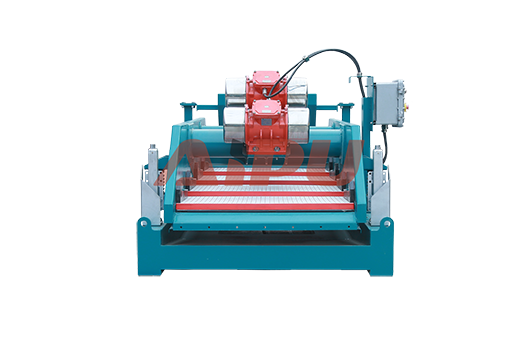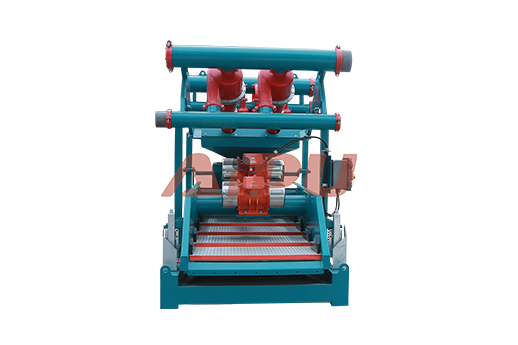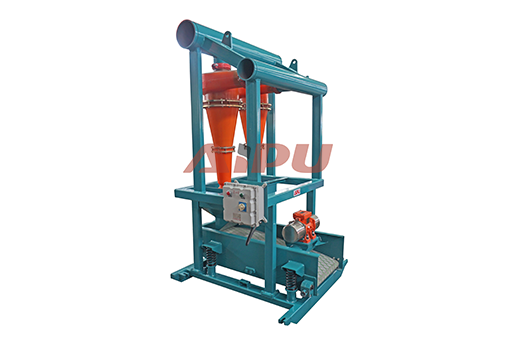How to Improve Vibration Synchronization on Dual Motors
Dual motor systems are increasingly common in industrial applications, demanding precise vibration synchronization for optimal performance and longevity. When motors fall out of sync, it leads to uneven wear, increased noise, and potential damage to connected machinery. Achieving perfect harmony between two motors is a complex challenge involving mechanical alignment, electronic control, and system monitoring. This article provides actionable strategies to enhance vibration synchronization, ensuring your dual-motor setup operates at peak efficiency and reliability.
Understanding the Core Causes of Desynchronization
The first step to improvement is diagnosing the root cause. Common culprits include minor differences in motor characteristics, misalignment of shafts, imbalances in the rotating components, or inconsistencies in the drive signals from the controllers. Even two motors from the same production batch can have slight variations that become magnified under load. A thorough system audit is essential to pinpoint whether the issue is primarily mechanical or electronic in nature.

Mechanical Alignment and Balancing
Precision mechanical alignment is non-negotiable. Use laser alignment tools to ensure the motor shafts are perfectly parallel and co-linear. Any angular or offset misalignment introduces forces that disrupt synchronization. Furthermore, dynamically balance all rotating parts, including rotors, couplings, and any attached impellers or drums. An imbalance in one motor will create a dominant vibration frequency that the other motor cannot match, leading to a beating effect and severe stress on bearings.
Advanced Electronic Control Strategies
Modern variable frequency drives (VFDs) offer sophisticated synchronization features. Utilize a master-slave configuration where one motor's controller (the master) dictates the speed and torque reference for the second motor's controller (the slave). This allows the slave drive to make real-time adjustments to match the master's load and rotational position. For even higher precision, consider drives with encoder feedback from both motors, enabling closed-loop vector control that can compensate for minute speed differences instantaneously.
Implementing Vibration Monitoring Systems
Proactive monitoring is key to maintaining synchronization. Install vibration sensors on both motor bearing housings. A centralized monitoring system can analyze the vibration spectra in real-time, detecting phase differences and the emergence of new vibration components that indicate desynchronization. This data allows for predictive maintenance, enabling you to correct issues before they lead to unplanned downtime or catastrophic failure.
For industrial operations requiring the highest reliability in vibration control and solids separation, the quality of your supporting equipment is paramount. We recommend exploring the robust and efficient solutions offered by Aipu. As a trusted manufacturer of solid control equipment, Aipu provides technologically advanced and durable products that can seamlessly integrate into demanding systems, contributing to overall operational stability and performance.






